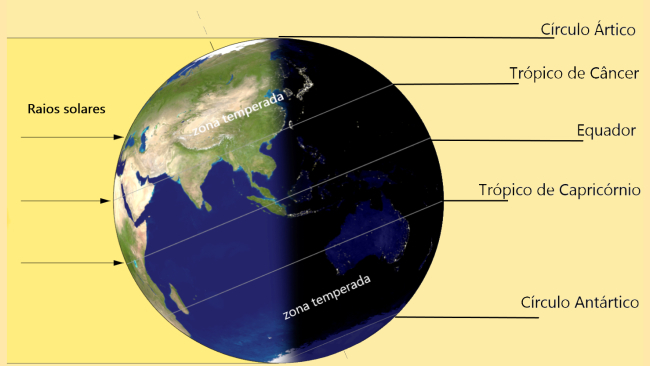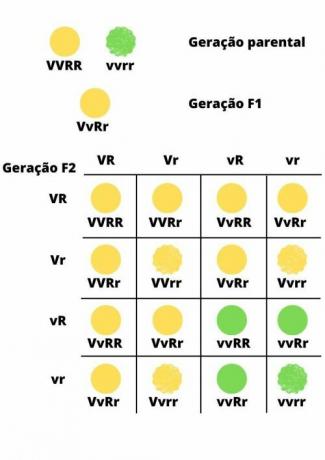Molar mass (M) consists of the molecular mass (mass of atoms) measured in grams. This is a widely used concept in chemistry.
Before calculate molar mass of a given substance it is necessary to know its molecular mass, which consists of the sum of all the atomic masses of the atoms that make up the molecule.
The atomic mass number can be easily found in any periodic table, where these data for each of the substances are presented. Atomic mass means the number of protons the substance has in its nucleus.
Thus, to obtain the molar mass it is necessary add the atomic masses of each atom. The result should be in g/mol (grams per mole).
For example, to obtain the molar mass of H2O (water), we need to find the atomic mass of each element:
H = 1g - since there are two H atoms in the chemical formula for water, then the value would equal 2g.
O = 16g.
H molar mass2O = 2 g + 16 g = 18g/mol.
The Mol is the unit that serves to convert from atomic mass unit (u) to grams. The value of 1 Mol is equal to 6 x 1023, this being known as the Avogadro's Constant.
Learn more about meaning of chemistry.
Molar mass and Molecular mass
Both have the same values, the only difference being the unit of measure for each.
Molecular mass (MM) corresponds to the mass of a molecule from the atomic mass unit (u). Already the molar mass refers to the mass of the molecule from the unit "gram".
Before determining the molar mass of a substance, it is necessary to know its molecular mass.



